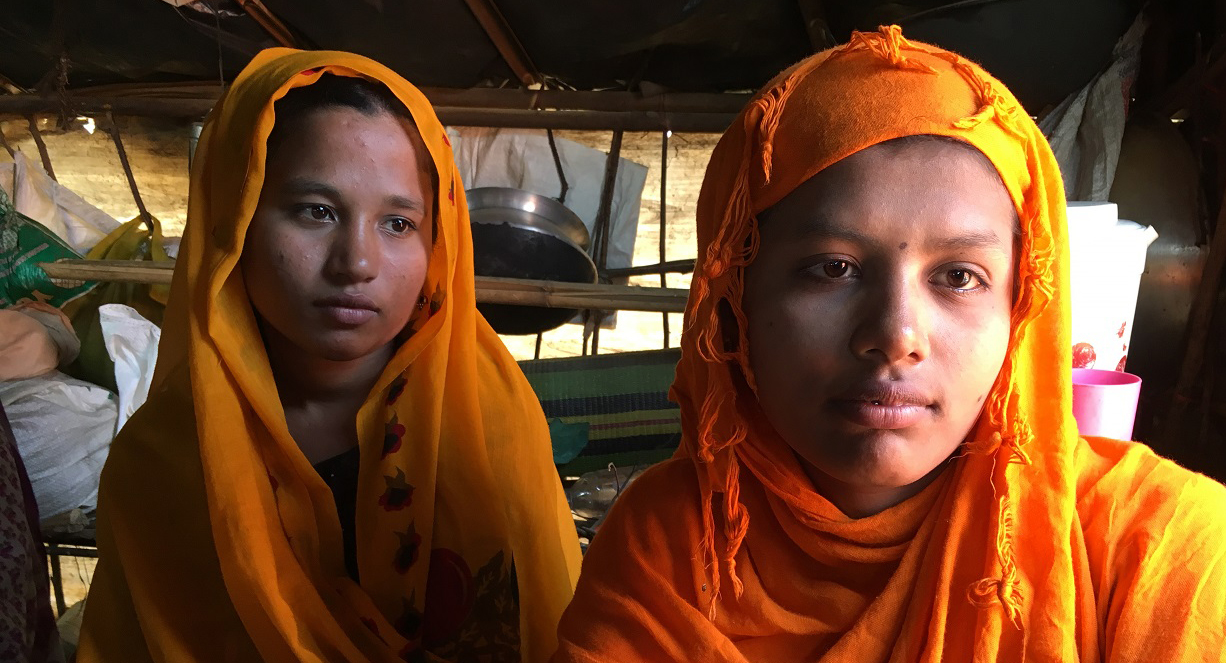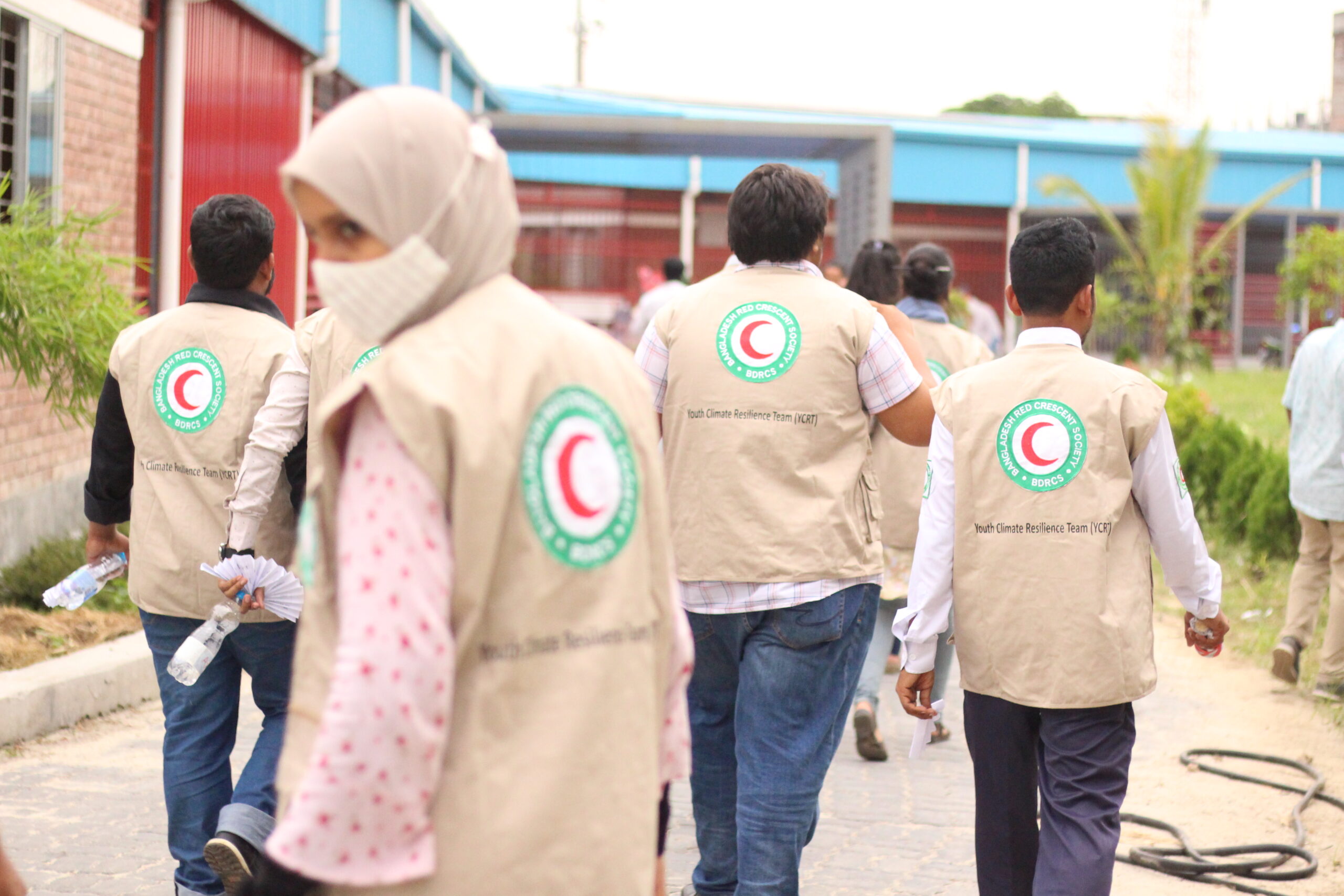Typhoon Haiyan: 5 Years On in the Philippines
Five years ago today, one of the strongest storms ever recorded in the Philippines made landfall. Typhoon Haiyan took more than 6,000 lives on the island nation—destroying homes, bridges, schools, farms, and businesses in its wake. Red Cross teams started delivering aid in the immediate aftermath: helping save lives amongst the destruction.
Initially, the Red Cross delivered relief in the form of food, water, medical care, and emergency shelter materials. Our teams launched a large cash-as-aid project that empowered families to make their own decisions about what items they needed most.
But disaster recovery is a marathon—not a sprint. For that reason, the American Red Cross has been working alongside the Philippines Red Cross to help communities build back stronger, healthier, and more resilient to future disasters. This includes constructing water systems and community evacuation centers, gifting seed money and business training to entrepreneurs, prepping communities for future disasters, and providing funds to help more than 14,000 families reconstruct or repair their homes.
Story originally publish on November 8, 2018 on American Red Cross. Read more
Lessons Learned :
Supporting Materials :



